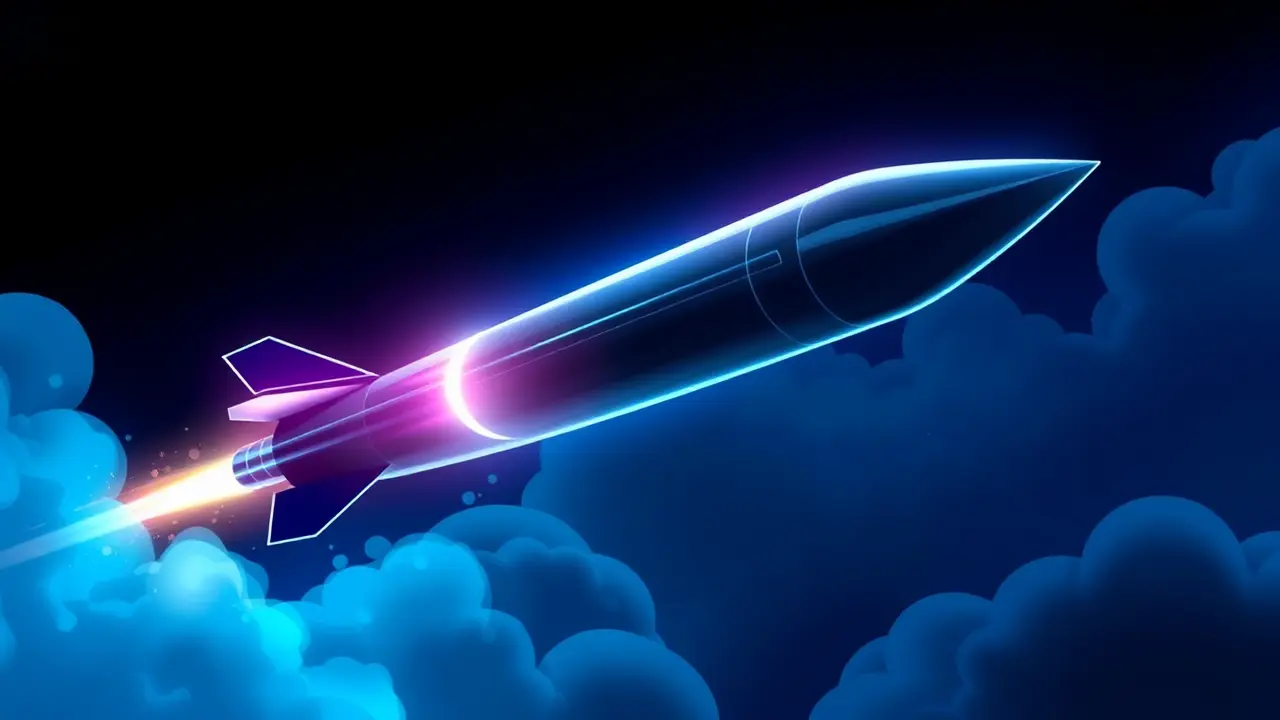Trump Hesitates on Sending Tomahawk Missiles to Ukraine
In a development that echoes the weighty geopolitical calculations of a bygone era, President Trump's hesitation to provide Tomahawk cruise missiles to Ukraine represents more than a simple materiel decision; it is a profound strategic gambit that will inevitably reshape the contours of the conflict and America's role within it. During a press briefing preceding his critical meeting with President Volodymyr Zelenskyy, the American commander-in-chief framed the issue not through the lens of immediate battlefield necessity but through the prisms of industrial capacity and ultimate diplomatic resolution, stating that the missiles—a weapon system Kyiv has desperately sought to counter Russia's deep-strike capabilities and break the stalemate along the front—are 'difficult to produce,' and that he would 'rather end the war than send the weapon to Kyiv.' This declaration, delivered with the gravity of a statesman weighing the fate of nations, invites a deep analytical dive into the calculus of modern warfare, the limits of alliance politics, and the shadow of historical precedent. One cannot help but recall the fraught debates in the chancelleries of Europe prior to both World Wars, where the provision or withholding of decisive weaponry was often the difference between peace and conflagration, or the more recent parallels to the delayed provision of F-16 fighter jets, where caution born from escalation fears consistently lagged behind the brutal realities on the ground.The Tomahawk itself is a symbol of American military hegemony—a long-range, precision-strike asset that could systematically degrade Russian command centers, logistics hubs, and Black Sea Fleet assets in Crimea, thereby altering the operational picture dramatically. Yet, its scarcity and complexity, as the President noted, are genuine concerns; the production lines for such sophisticated munitions are not easily ramped up, and diverting them to Ukraine necessarily impacts the Pentagon's own global readiness posture, a factor that strategic planners in the Pentagon and the National Security Council are undoubtedly wrestling with in classified sessions.However, the subtext of this hesitation is a potentially seismic shift in the Western approach to the conflict: a pivot from a policy of sustained, incremental support designed to bleed the Russian war machine toward a more direct, Trump-negotiated settlement. The President's preference for ending the war suggests a belief that a decisive military tool like the Tomahawk could either force Moscow to the negotiating table from a position of newfound Ukrainian strength or, conversely, provoke a dangerous and unpredictable escalation from a Kremlin that views such capabilities as an existential threat, potentially even crossing its oft-cited but ambiguously defined 'red lines.' Expert commentary is sharply divided; some former generals and defense analysts argue that withholding such game-changing systems effectively cedes the initiative to Russia, allowing Putin to continue his war of attrition with impunity, knowing the West's arsenal has artificial limits. Others, particularly in the school of realist foreign policy, caution that introducing a weapon capable of striking deep into Russian territory—even if only territory it occupies—fundamentally changes the nature of the conflict from a regional war to a direct proxy confrontation between nuclear powers, a risk that must be managed with extreme prudence.The consequences of this decision, therefore, ripple far beyond the immediate battlefields of Donbas. For European allies, particularly those on NATO's eastern flank, it is a test of American resolve, a signal of whether Washington's commitment to a Ukrainian victory is absolute or conditional on the timeline and terms of a future peace deal.For the global south, it is another data point in the narrative of a wavering Western coalition. And for history, this moment will be analyzed as a critical inflection point—a choice between arming an ally to achieve a decisive military conclusion or leveraging the promise and denial of such arms to forge a diplomatic one, a delicate and perilous balancing act worthy of the most complex chapters of 20th-century statecraft.
JA
Jamie Lawson123k2 days ago
tbh we're seeing the same debates about escalation and diplomacy play out in europe and asia, it's like everyone is waiting for someone else to make the first move
0
JA
Jamie Larson123k2 days ago
wait what so we're just not sending the missiles now tbh this feels like a major shift in strategy idk smh
0
JA
Jamie Larson123k2 days ago
major move by trump tbh idk if holding back is a power play or just risky
0
